Where the Cow Led, and the Pandavas Built: Echoes of Dharma in Stone
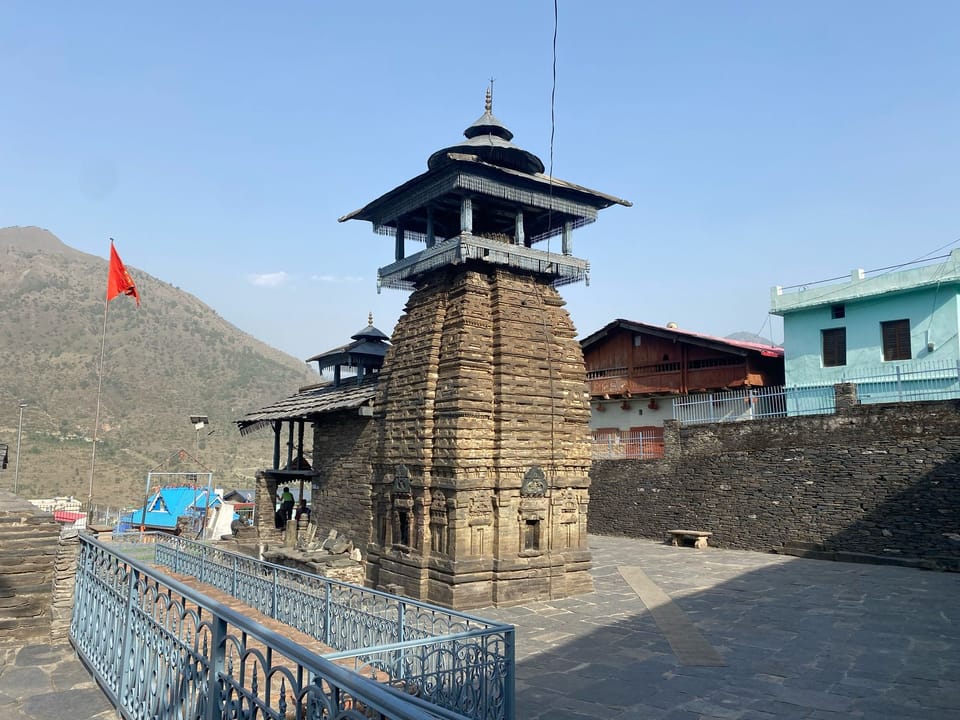
In these forgotten folds of the Himalayas, we came upon a temple whispered into existence by a cow. Each day, she poured her milk upon a particular patch of earth, anointing an unseen force. Beneath that spot, villagers discovered a Swayambhu Shivaling, self-manifested, untouched by human hand.
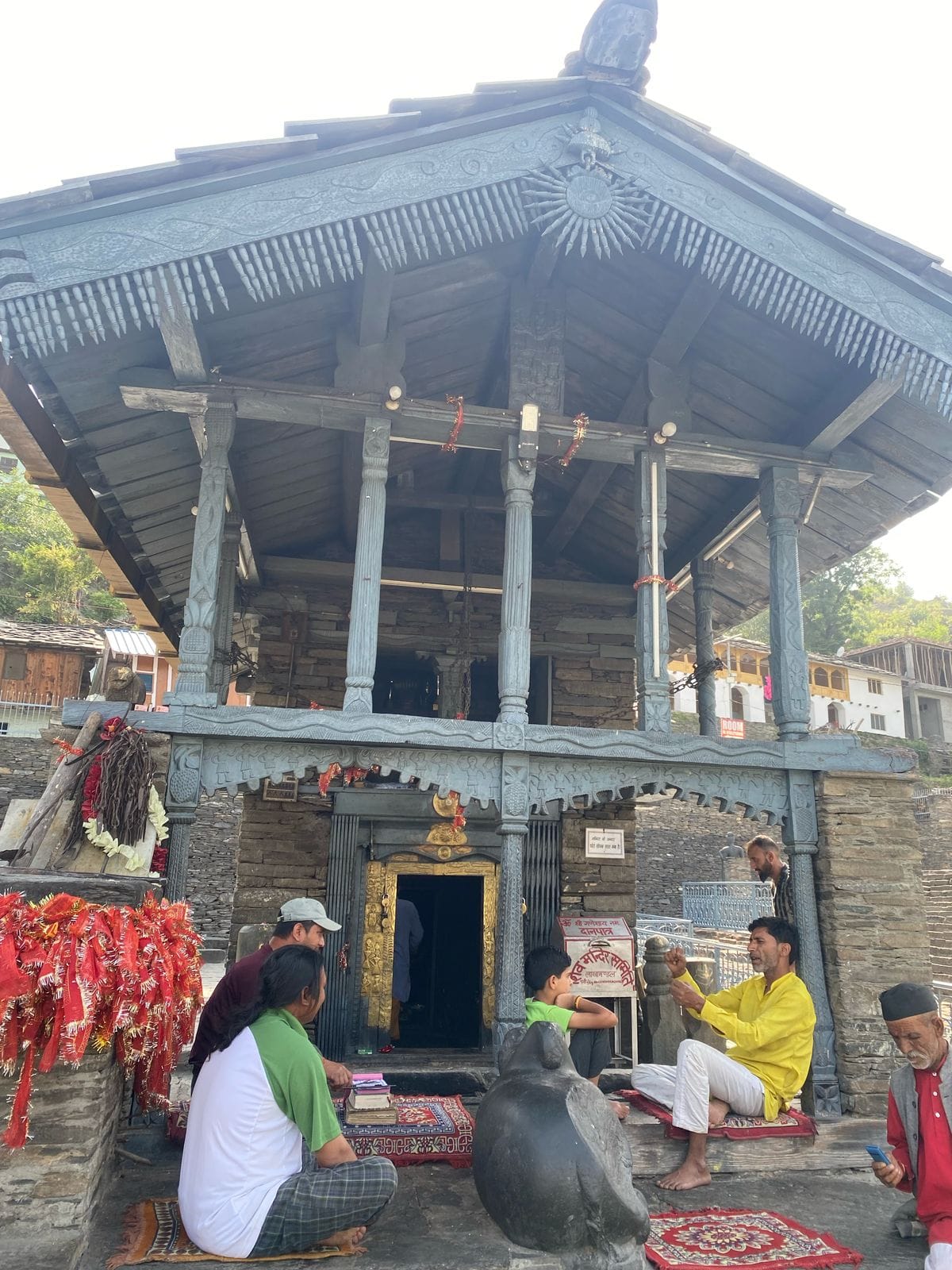
As the legends speak, the Pandavas constructed this mesmerizing temple in a single night, guided by the will of dharma and the sacredness of the cow's devotion. They visited here before heading to Kedarnath. In reverence, the temple Architecture carries an interesting iconography of that legacy—cow hoof prints carved into its stone, a striking departure from the typical peepal leaf motif associated with temples and wisdom. Here, the sacred is primal, earthy, and intimate.
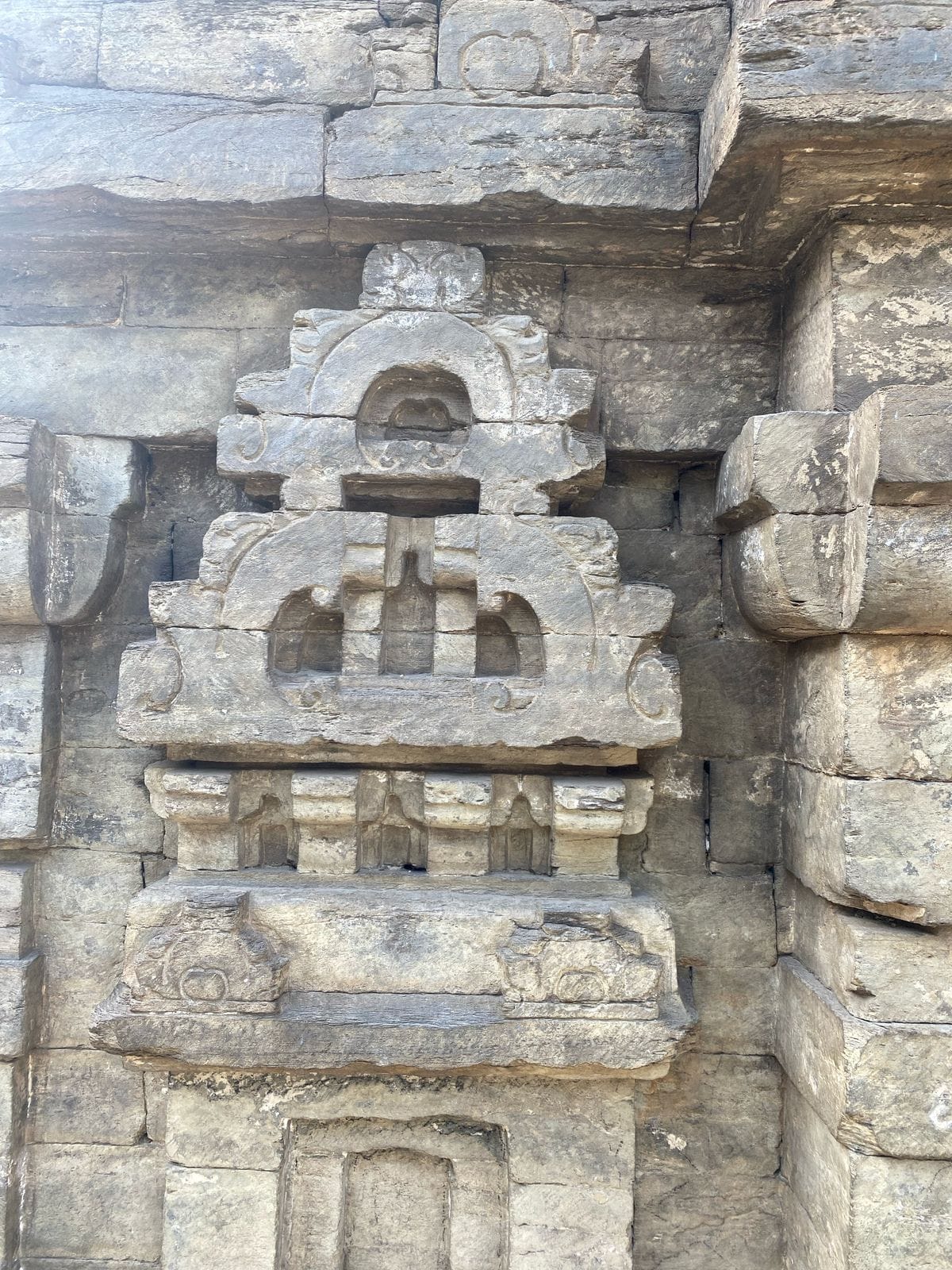
The temple reflects with duality—Dwandv - an inherent part of this existence, embodied in carvings of Manav (human) and Danav (demon), the latter bearing a human skull upon his forehead. These figures are not mere decoration but teachings in stone—reminders of our inner battles.
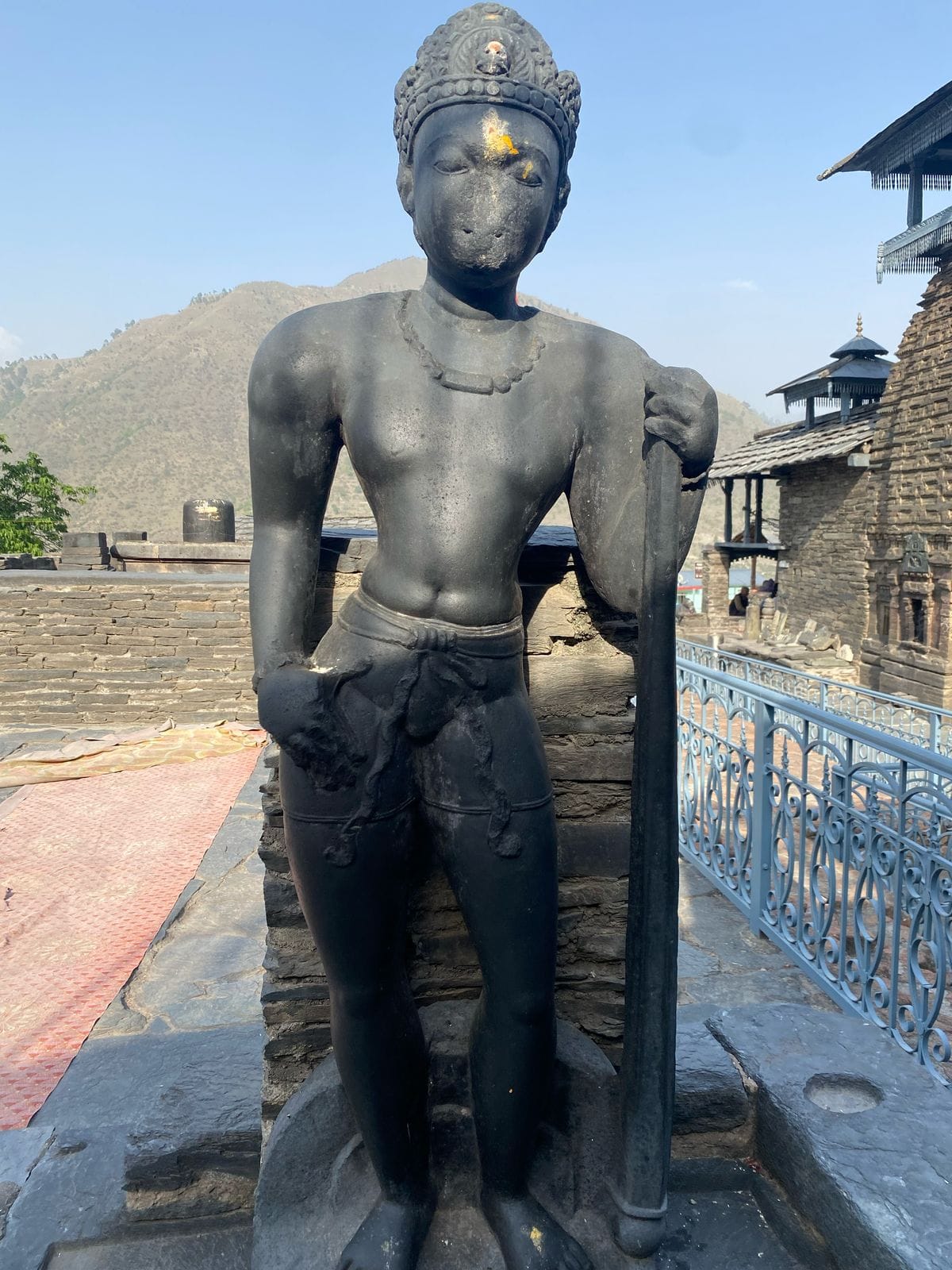
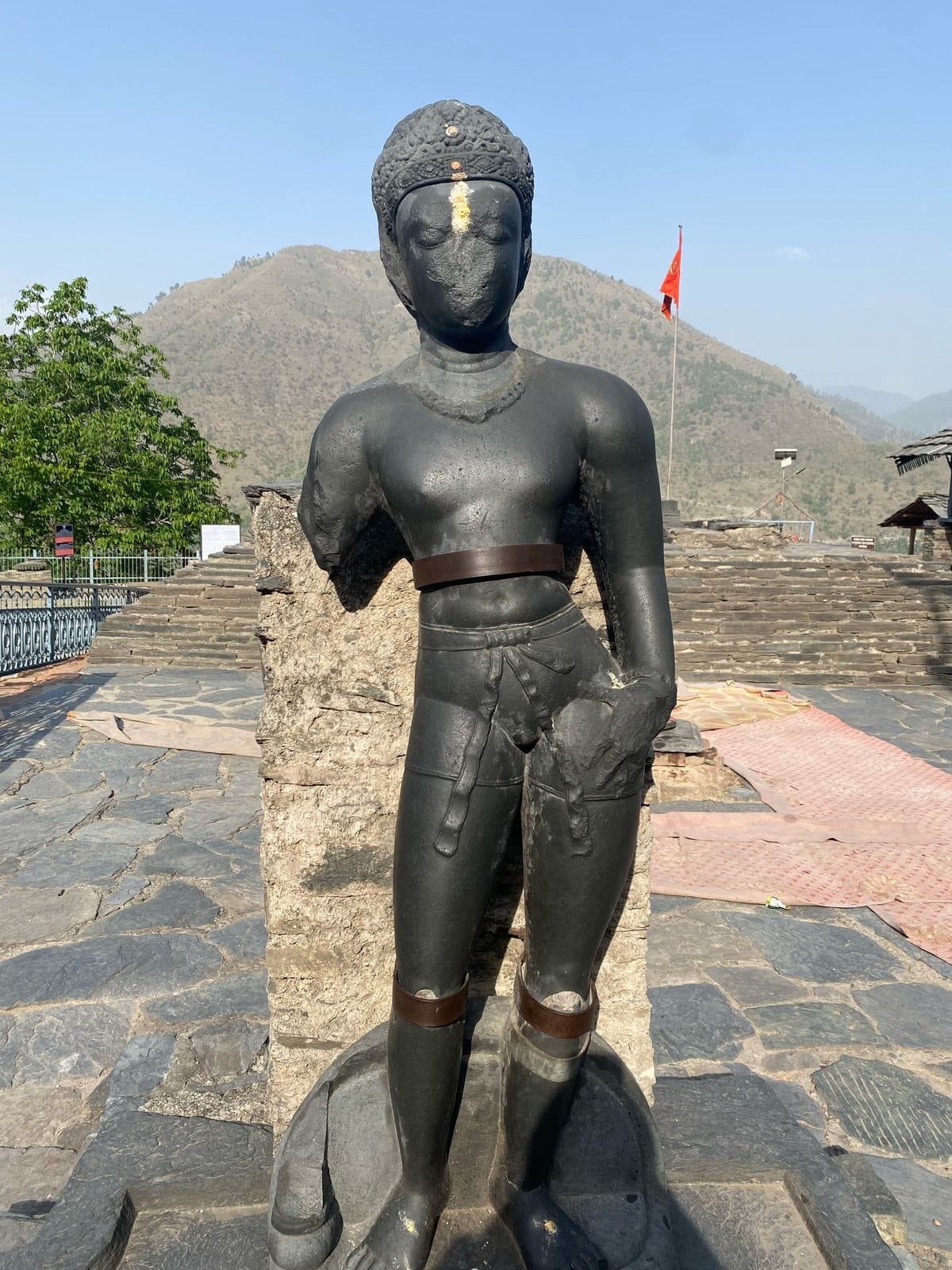
At the center stands the Shivaling, believed to represent Yudhishthira Maharaj himself, surrounded by the other four Pandavas in quiet guardianship. Together, they radiate a silent but immense power, anchoring this temple as the seat of Dharma—thus, Dharmaraj. This is no ordinary lingam. It once served as a threshold between worlds: when villagers died, they were brought to the south-facing Dharmaraj, and, it is said, they awakened—only to then peacefully ascend to the heavens.
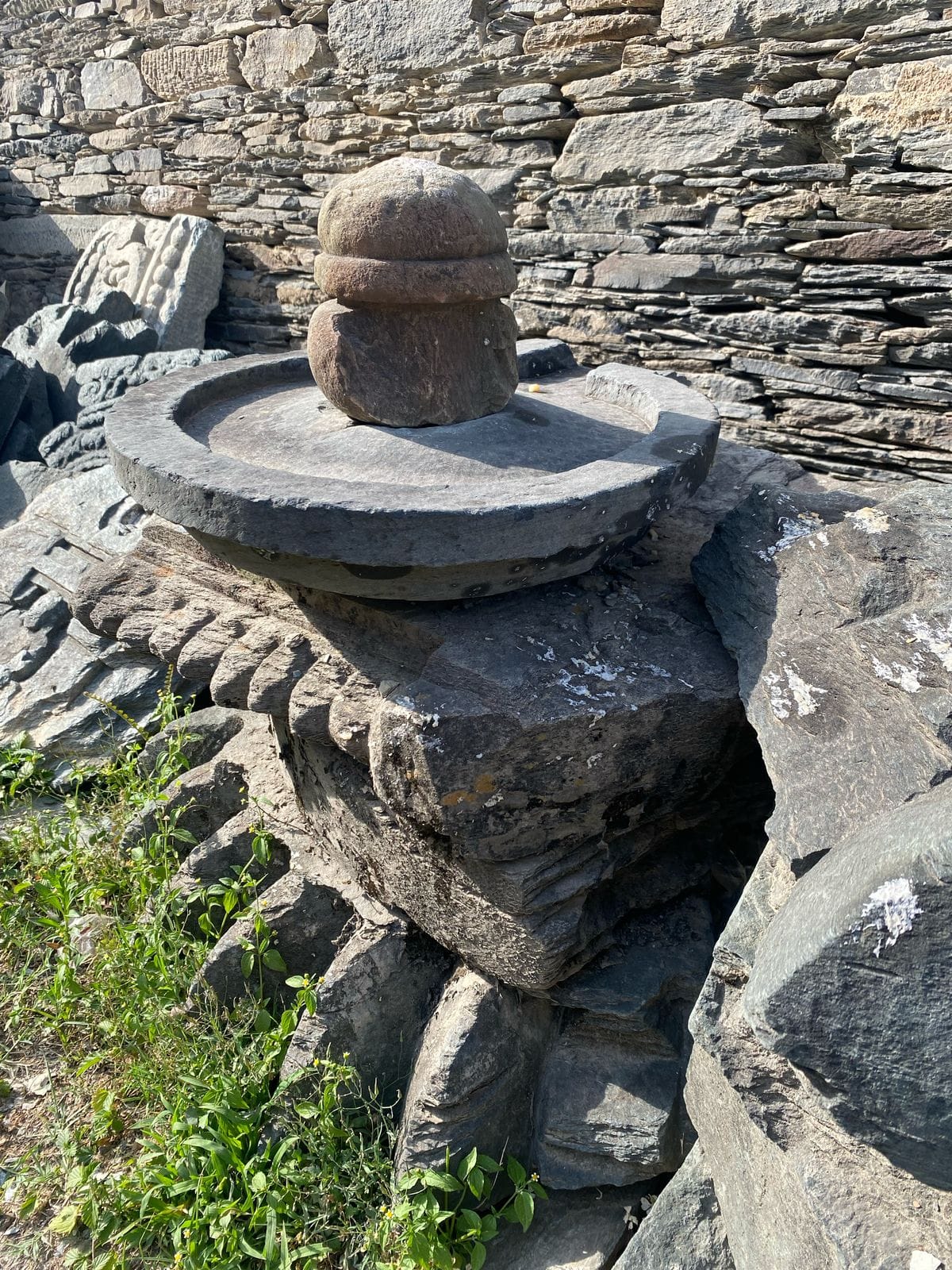
As Kaliyuga deepened, these miraculous revivals dimmed. But even then, the subtle twitch of a little finger from the deceased became the final sign of release to Swarg Lok.
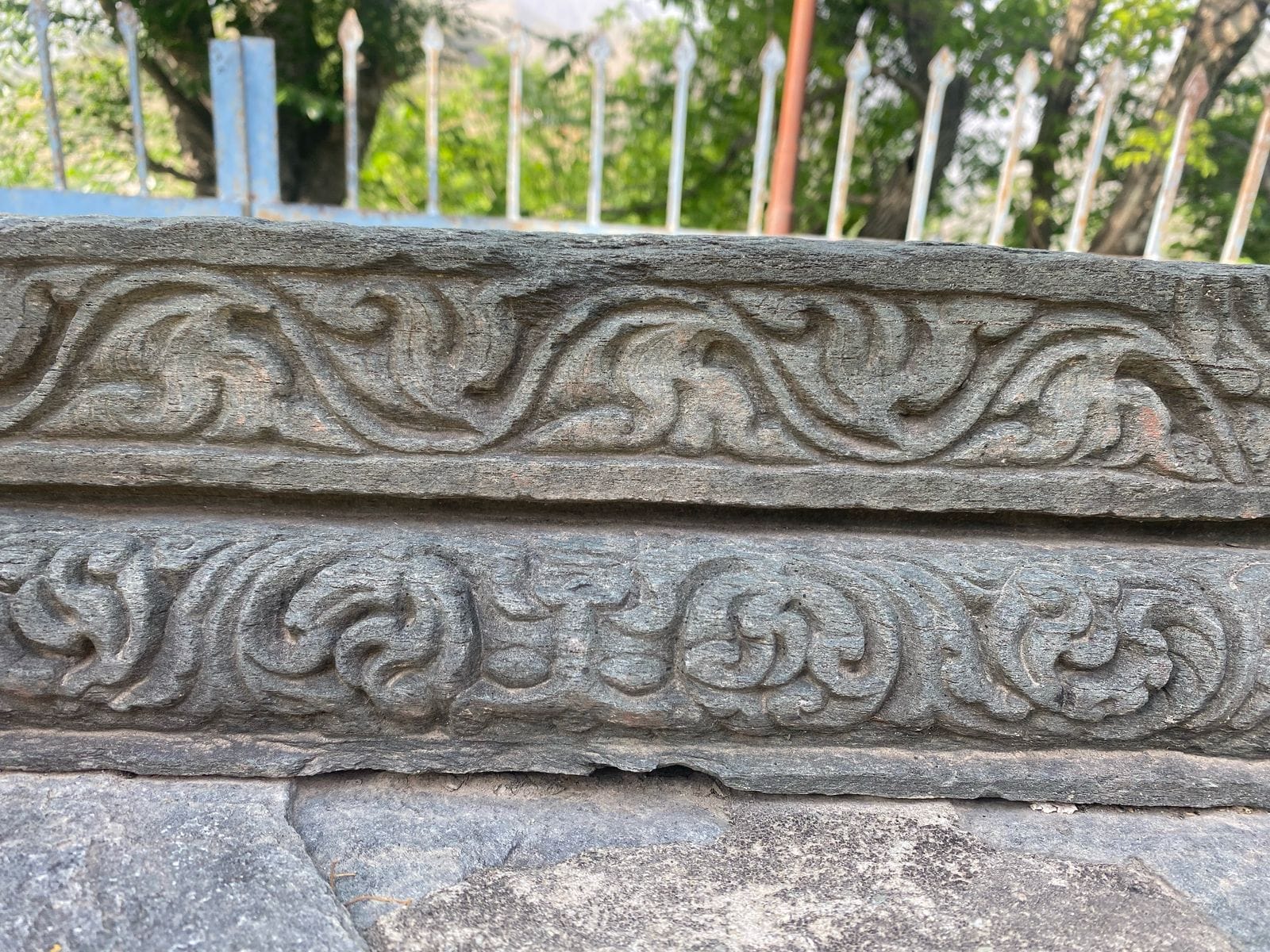
The mysteries here are not confined to the myths. The Archaeological Survey of India (ASI) has unearthed more than a lakh Shivalings across this region—evidence of a once-glorious continuum of worship. Yet, excavation must pause; to go further would mean displacing homes, uprooting lives—a living tension between past and present.
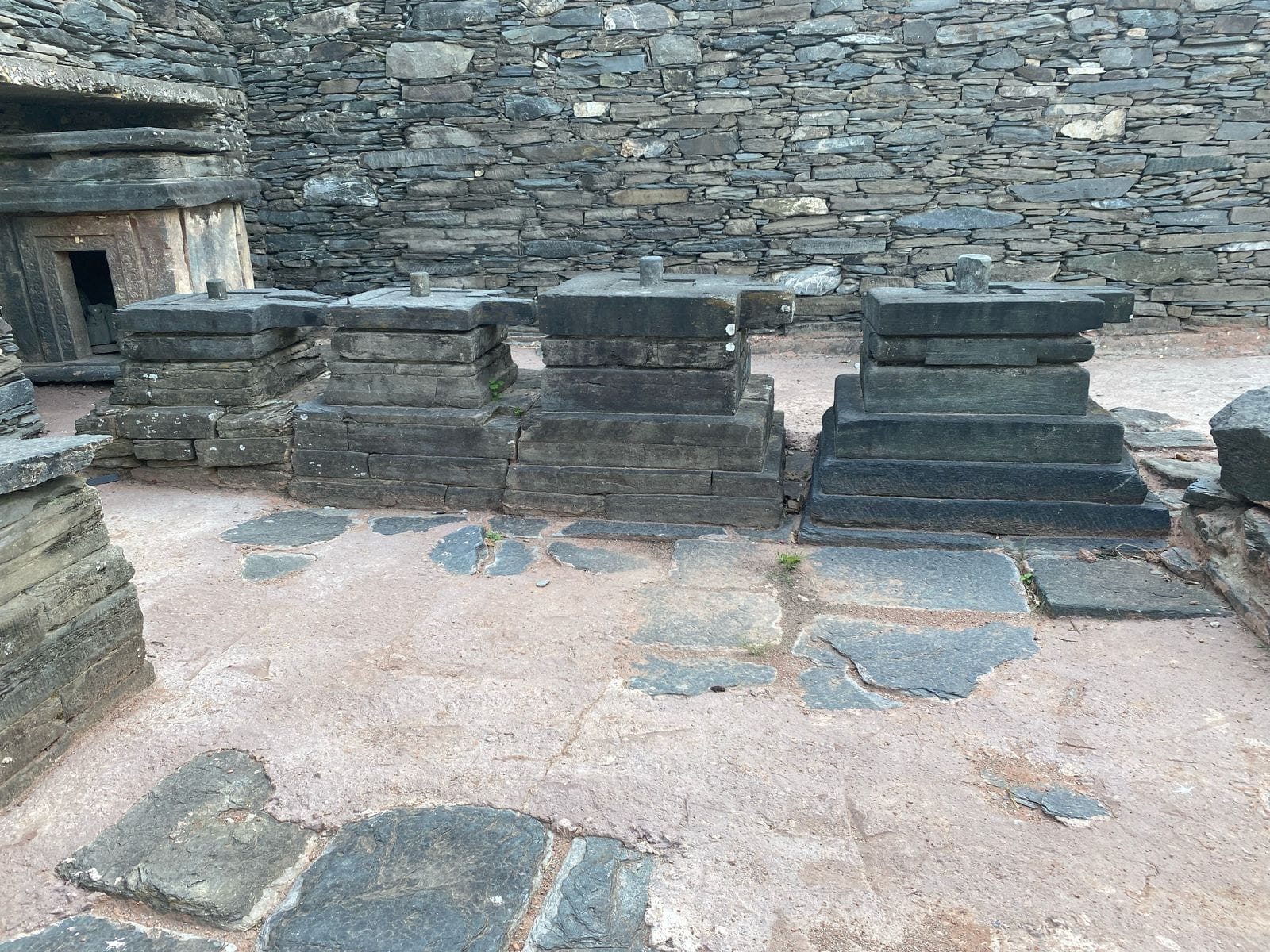
Among them, one Shivaling stands apart—unlike any other in the world. When you perform Abhishek, you do not just offer water or milk; you see your own reflection within it. A mirror of self and soul. It rests on an Ashtakon (eight-sided base), a powerful geometric yantra known for its spiritual resonance. The locals speak of its Mahima—its miraculous energy.
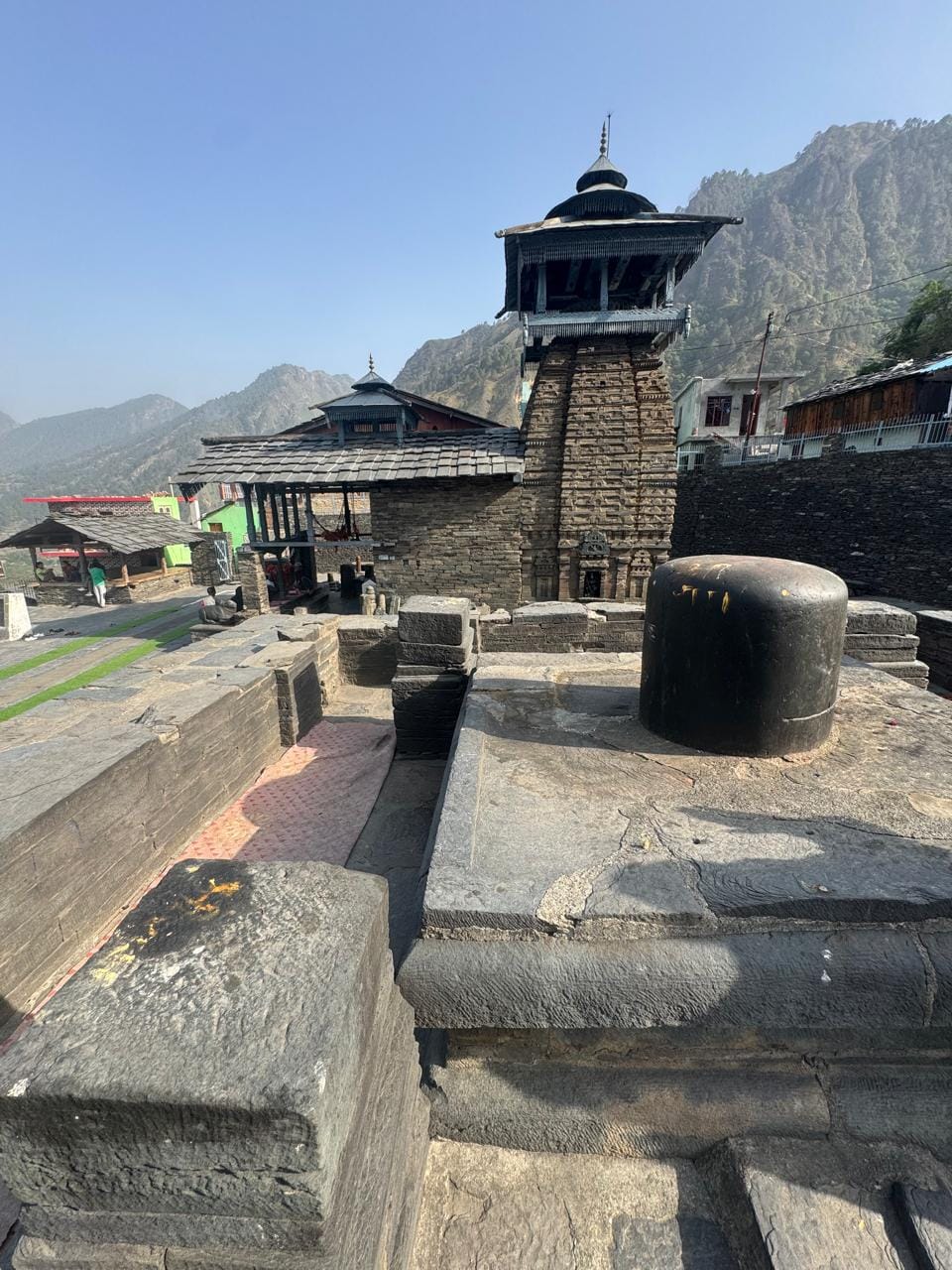
They say, “Sabhi manokamna poori kar denge.”
He promises to fulfill every true desire.
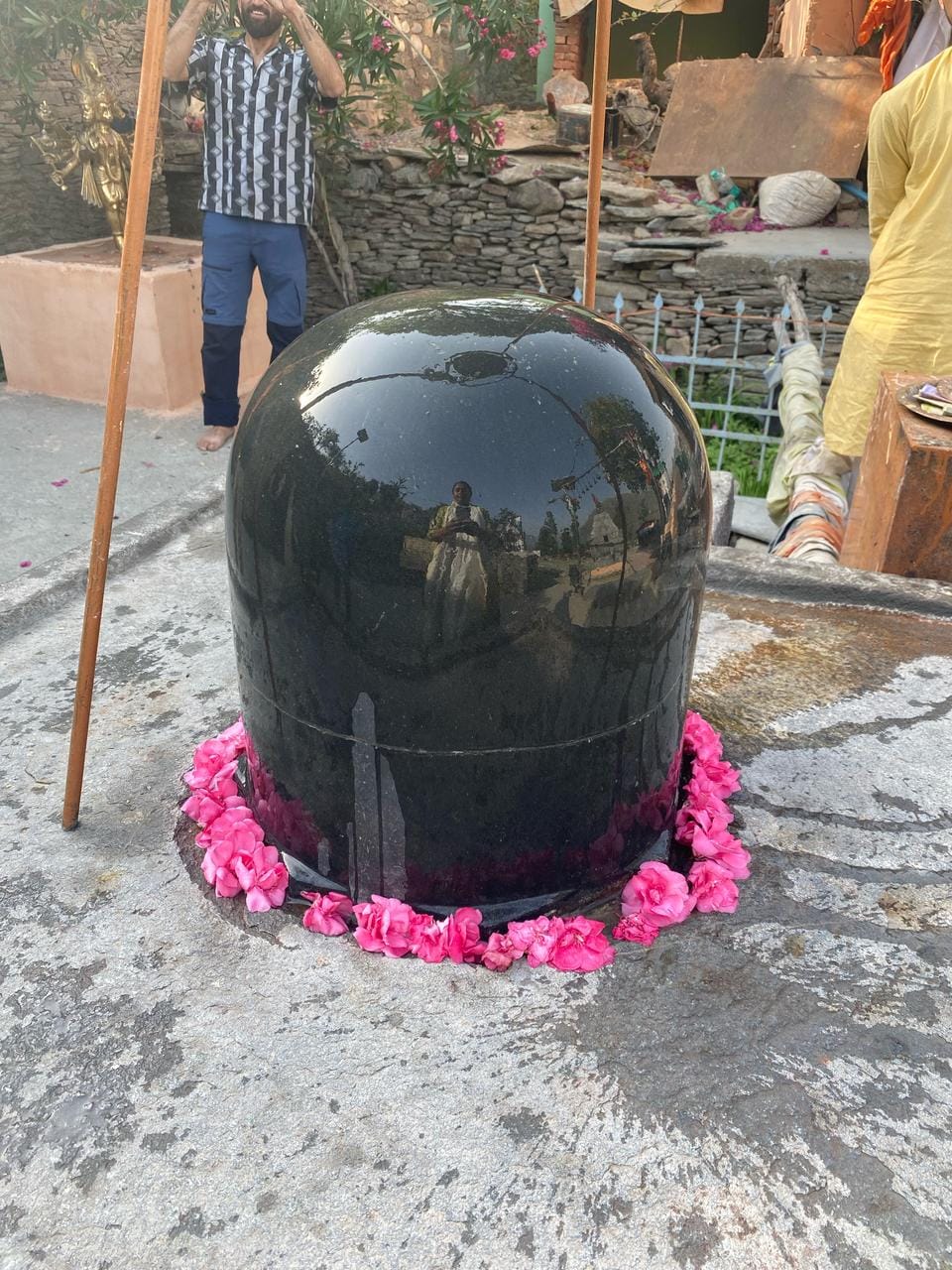
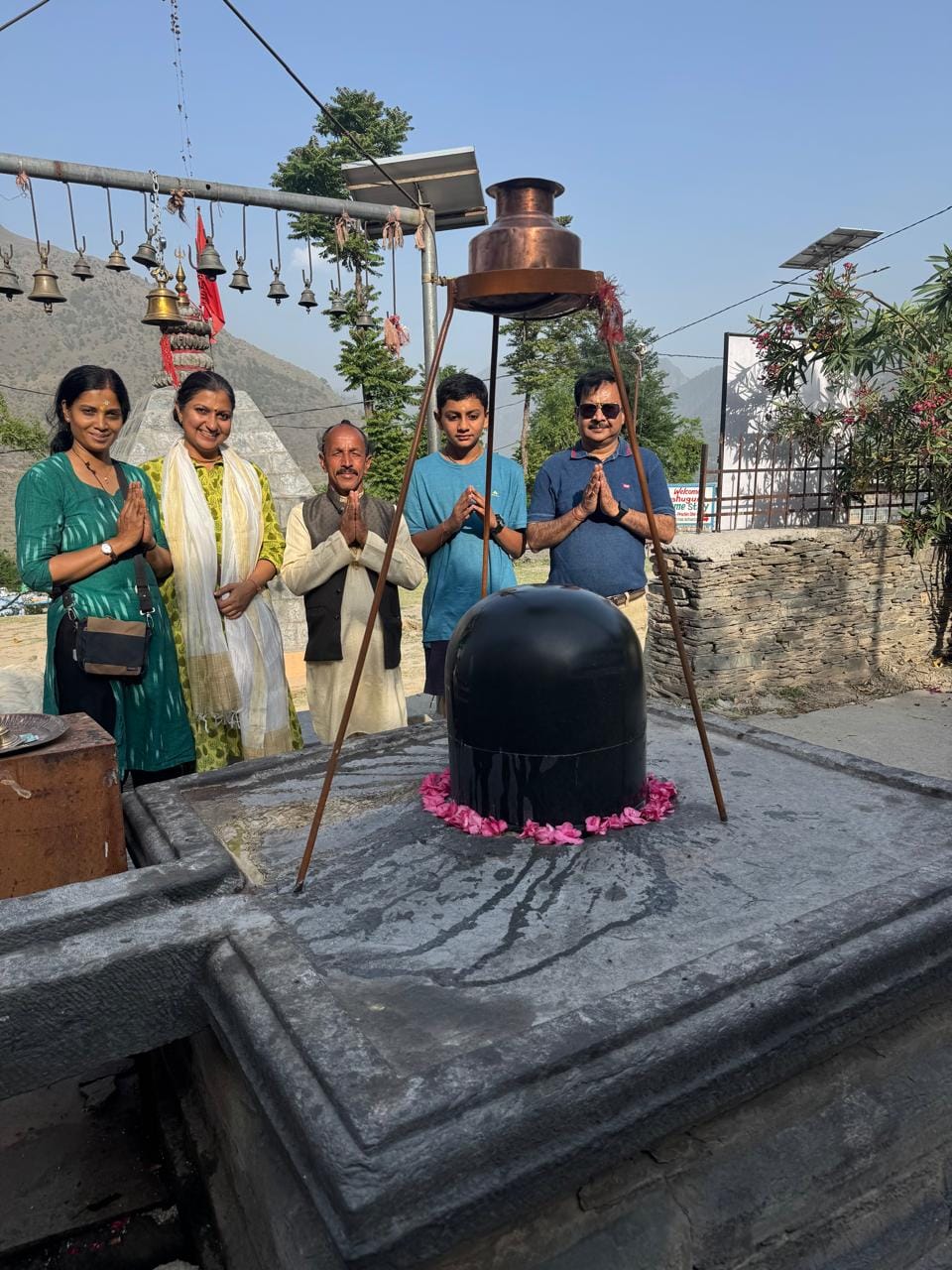
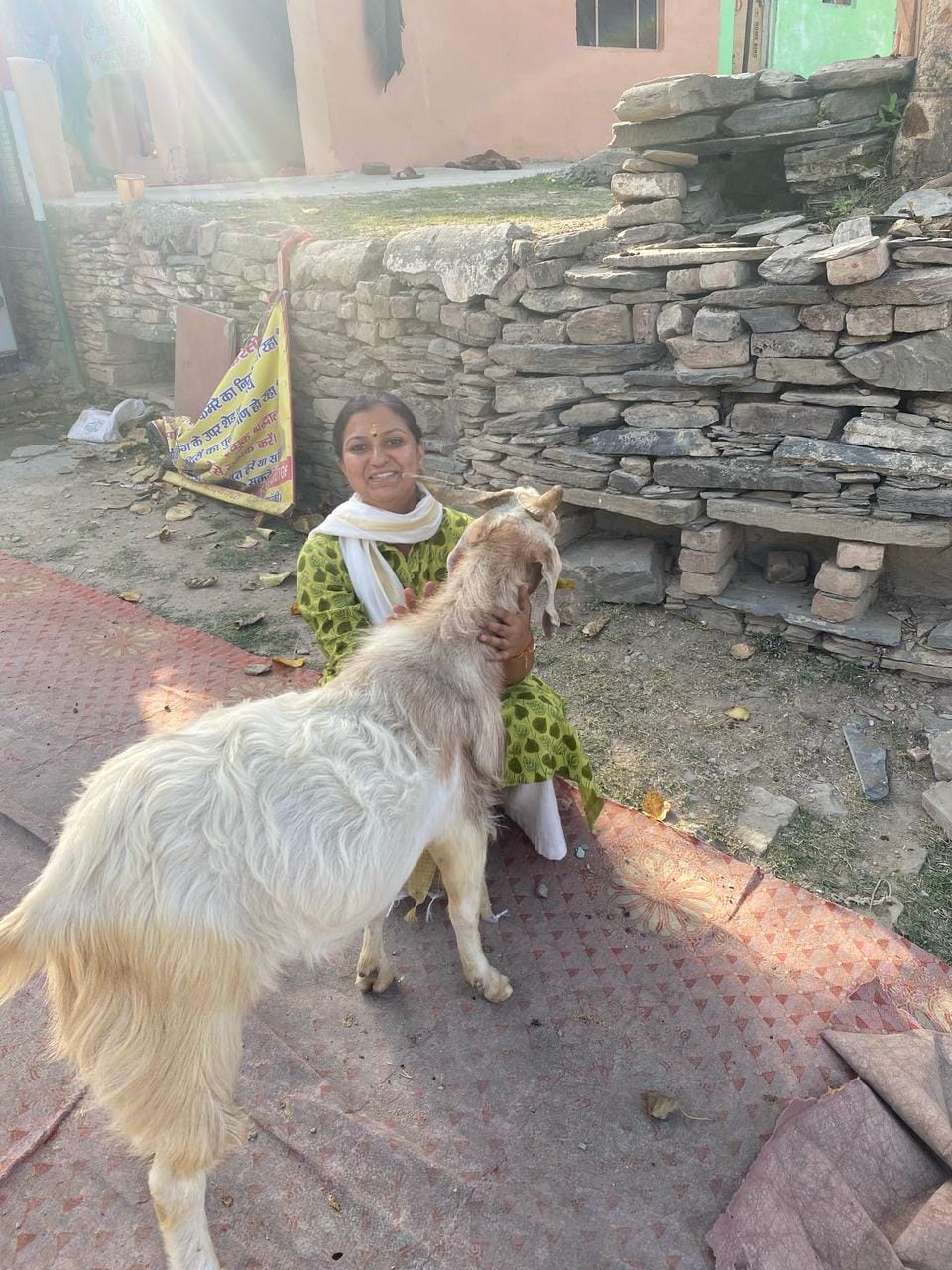
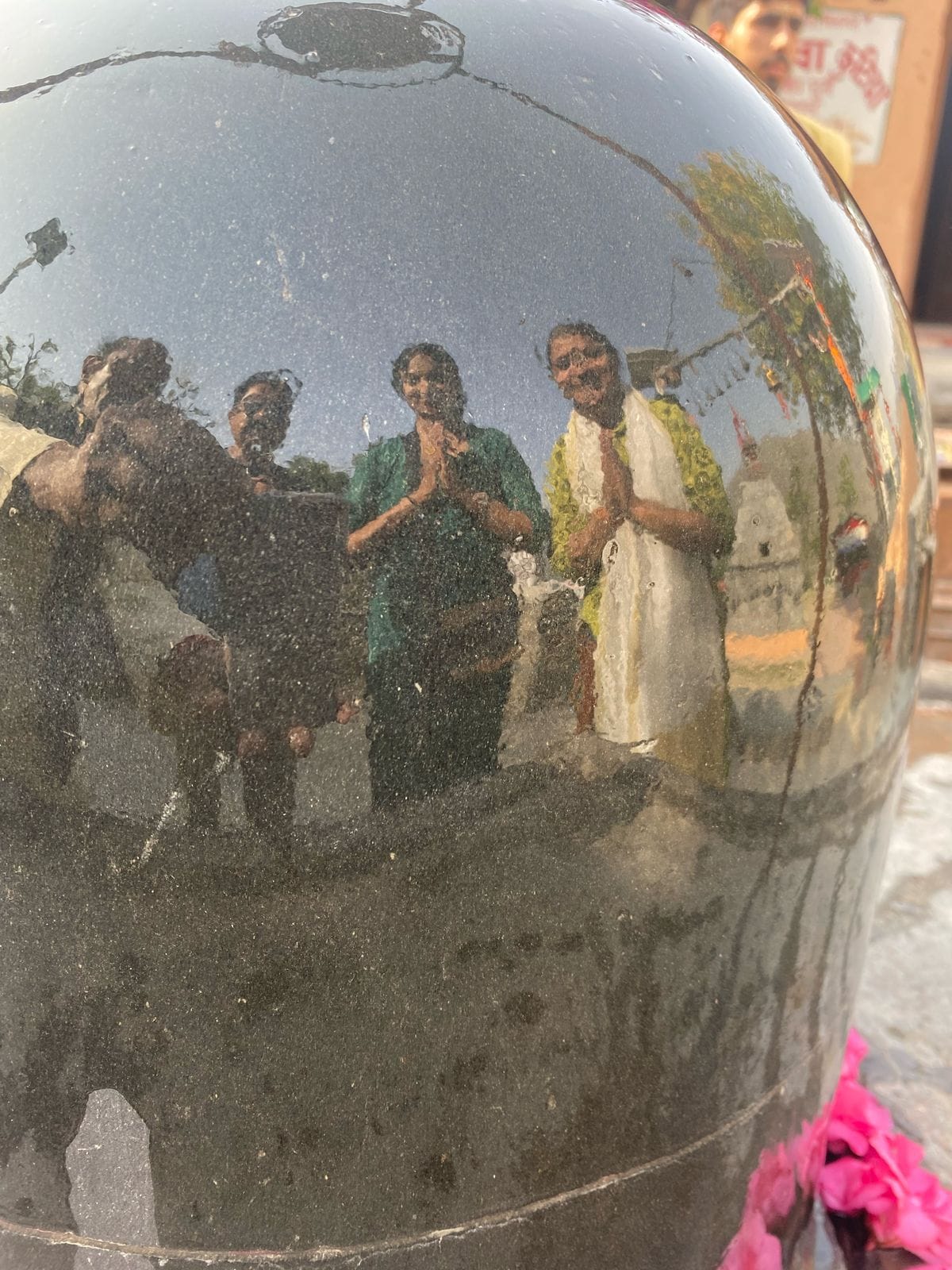

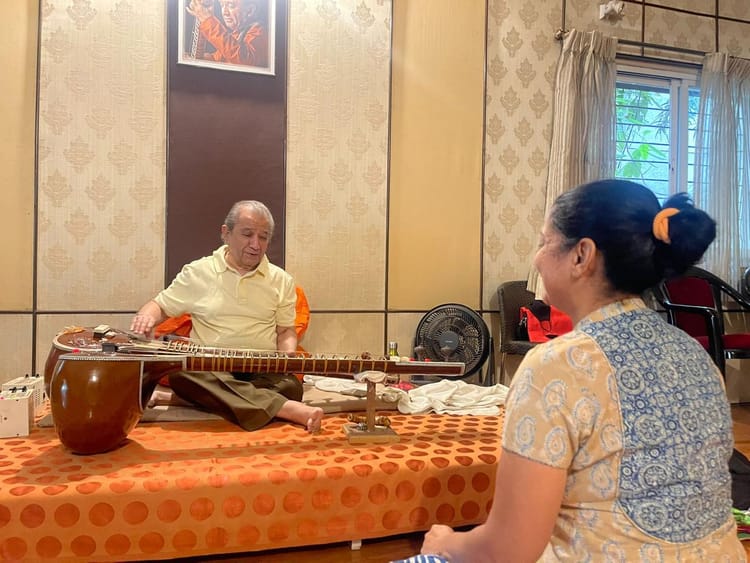
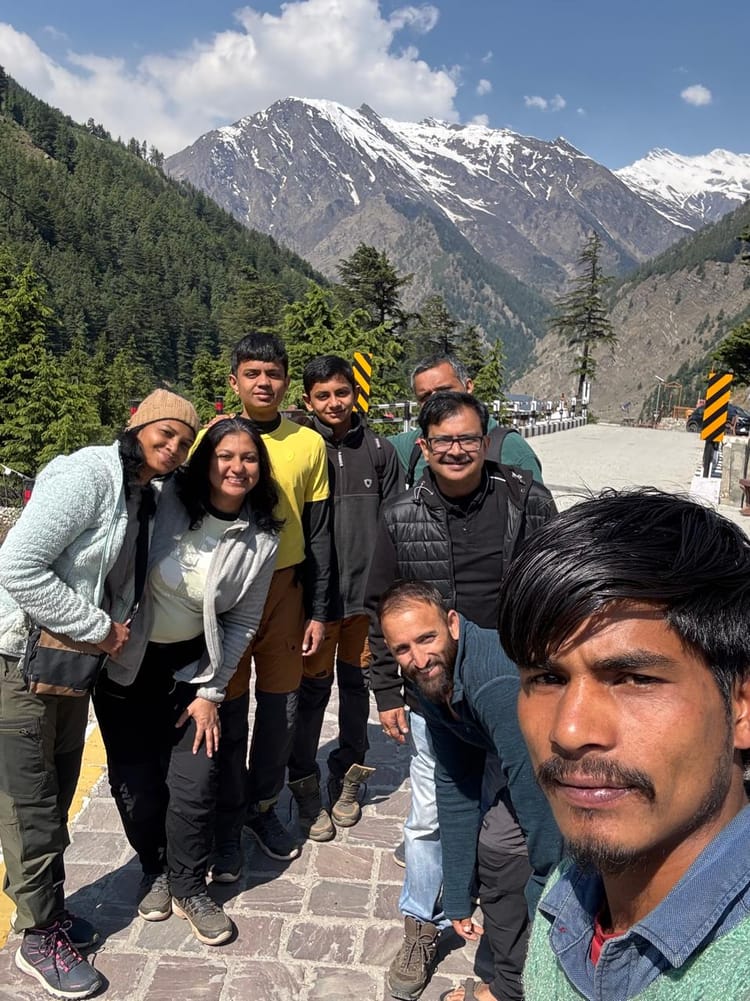
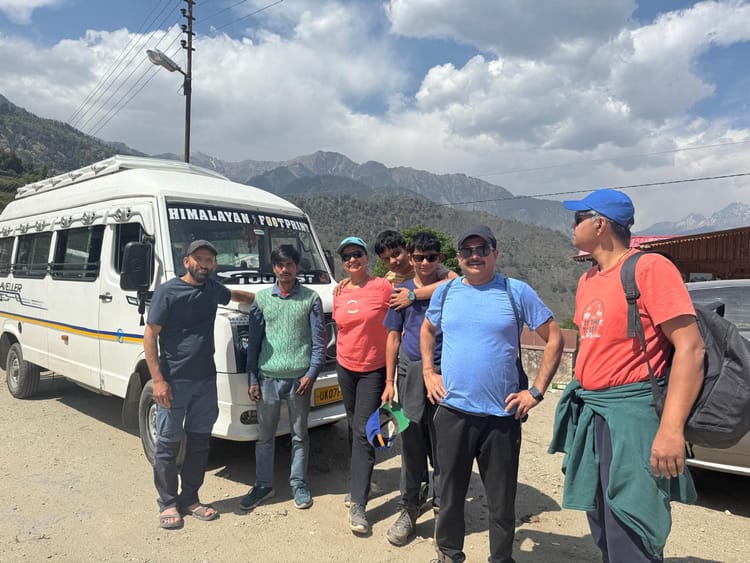
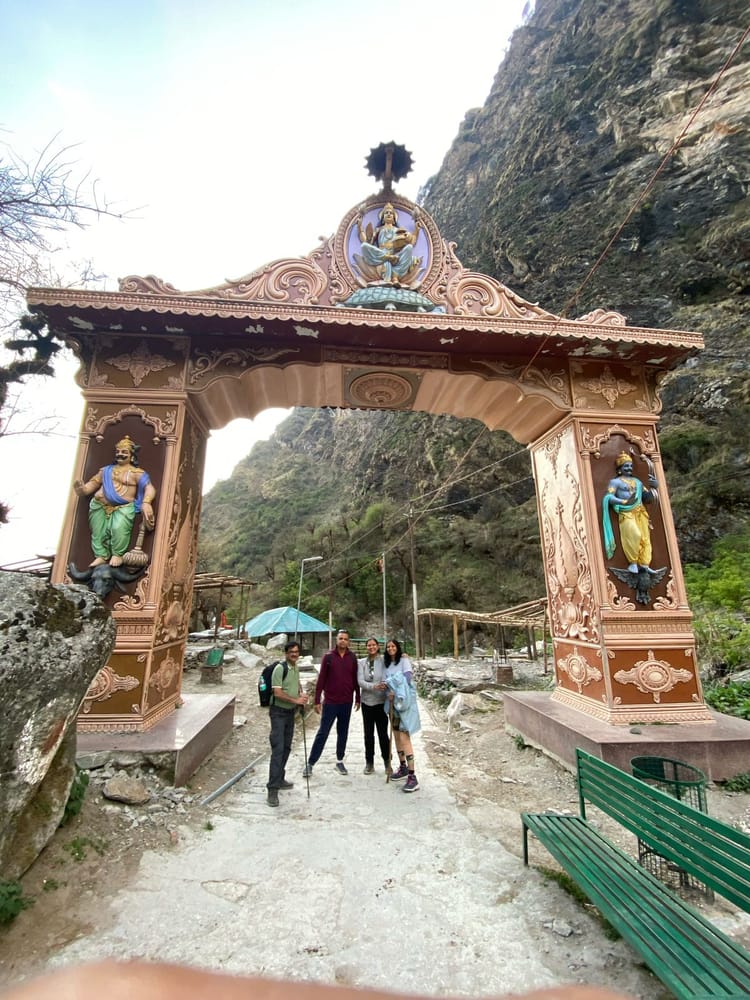
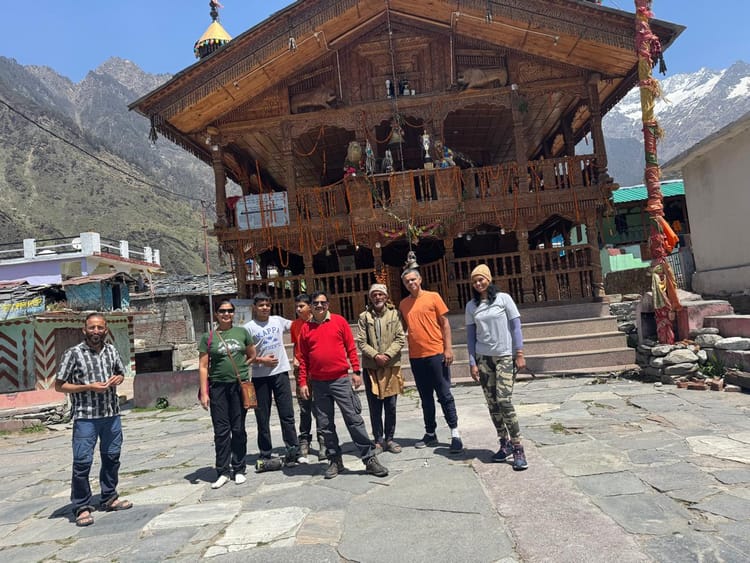
Member discussion